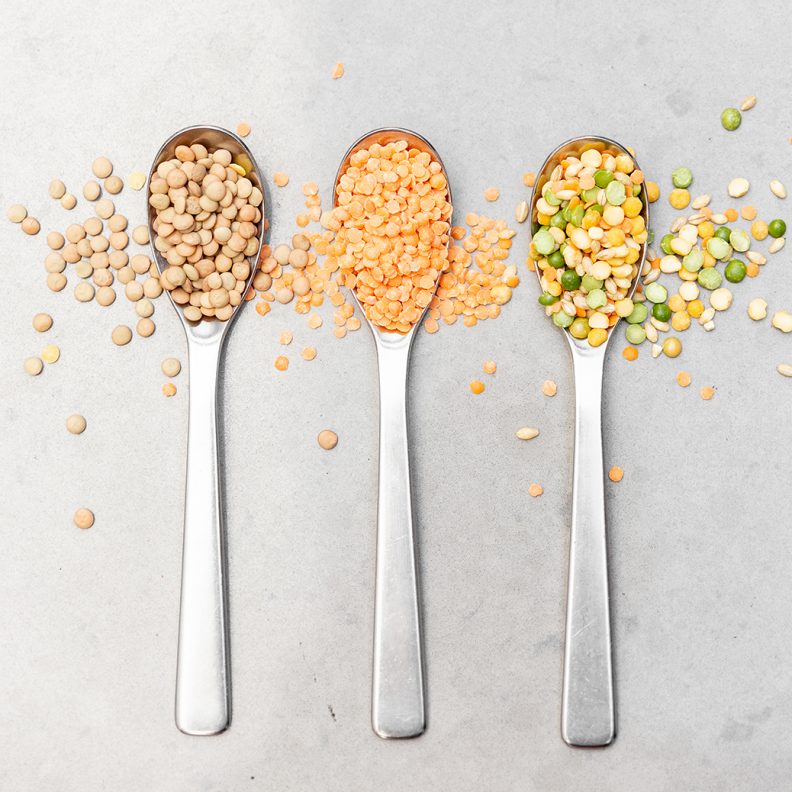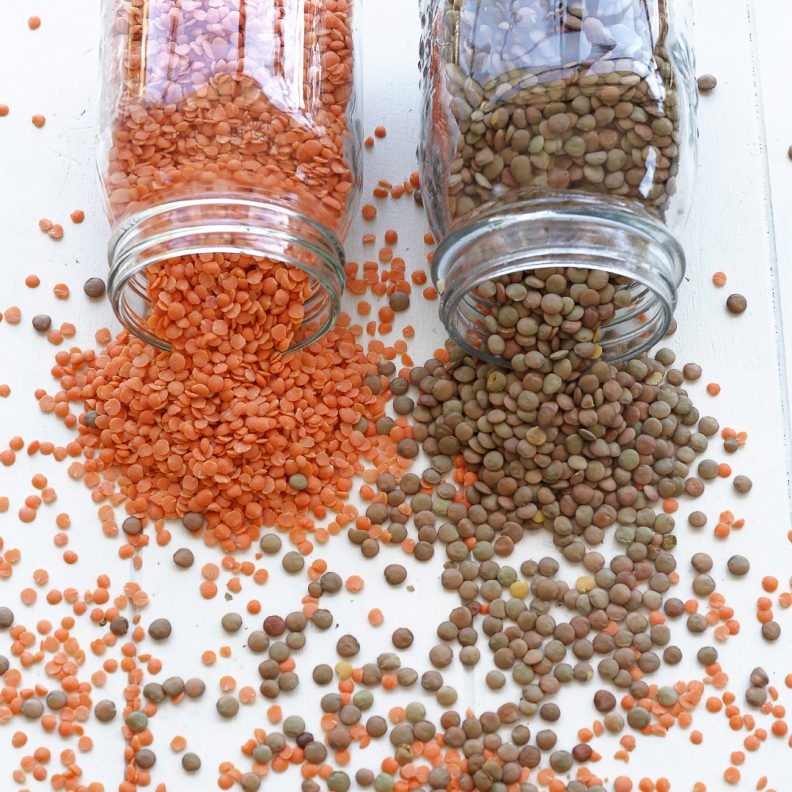What Are Legumes & Pulses?
You already know you should be eating them, but do you know what legumes are? Well, the term “legumes” actually covers a variety of different foods, all of which are an amazing source of plant-based protein.
These bite-sized superfoods don’t just taste great. They’re vital as part of a balanced diet and they’re super versatile, too. You’re probably already eating legumes (sometimes called “pulses”) in many of your meals and snacks and you don’t even know it!
To clear things up and help you sneak more legumes into your diet, let’s take a look at what exactly a legume is, their colourful history and why they deserve all of the praise they’re getting.
Different types of legume
As we already mentioned, multiple different foods can be classed as “Legumes”. Technically, a legume is a plant in the botanical family “Leguminosae”. Check out this list of legumes below:
- Lentils
- Kidney beans
- Chickpeas (or garbanzo beans)
- Black beans
- Kidney beans
- Pinto beans
- Lima beans
- Navy beans
- Soybeans
- Black-eyed peas
- Split peas
- Peanuts
The history of the Legume
Legumes have a fascinating history and their goodness is spread all over the planet, with around 20,000 different species growing worldwide! But where and when were they first discovered? You may be surprised to learn that the first legumes sprouted around 59 million years ago!
The exact location isn’t known, but experts speculate it could have been Africa. Wherever it was, legumes quickly grew “legs” and spread around the world, picking up their defining characteristics on the way and further diversifying themselves from other plants. They were quickly becoming their very own category.
One quality that sets legumes apart from other plants is their ability to obtain nitrogen, which is what makes them an excellent source of protein. Before our ancestors knew how good legumes were for us, they began using them to enrich soil.



